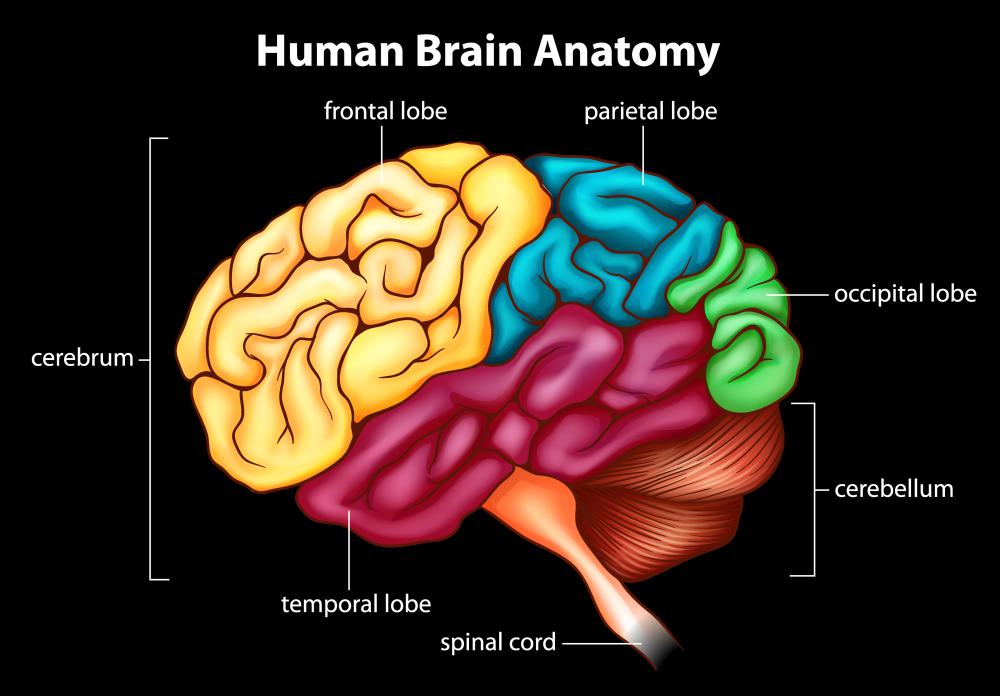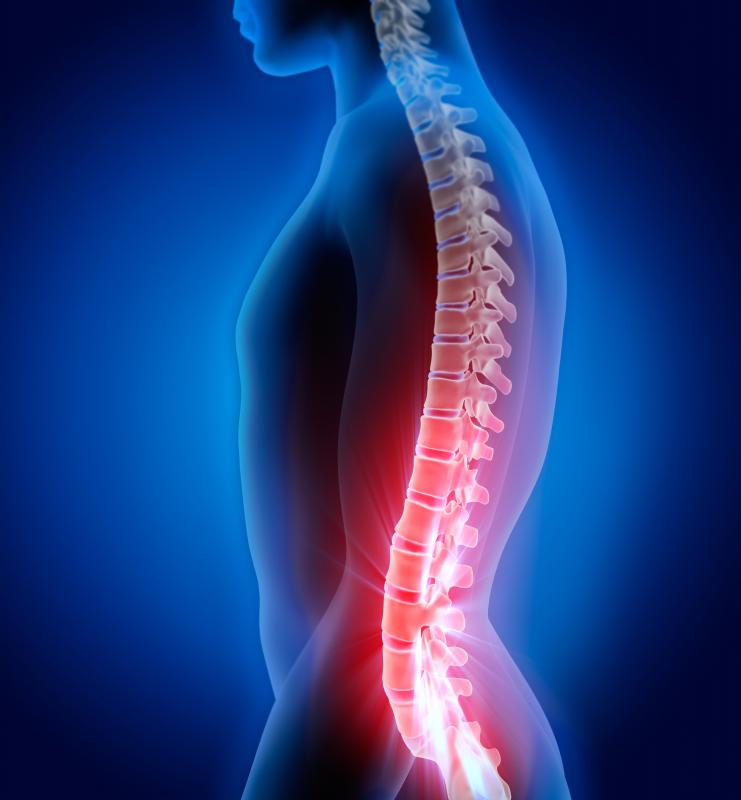At TheHealthBoard, we're committed to delivering accurate, trustworthy information. Our expert-authored content is rigorously fact-checked and sourced from credible authorities. Discover how we uphold the highest standards in providing you with reliable knowledge.
What is the Spinal Cord?
The spinal cord is an essential part of human anatomy. It extends from the brain, down the back, and acts like a highway for information that travels to and from the brain. Injury or damage to the spinal cord can result in serious problems such as quadriplegia, bowel dysfunction, and inability to breathe.
The central nervous system (CNS) is composed of two structures: the brain and the spinal cord. These two work together to ensure that the body functions normally. The brain can be compared to a command center. It sends messages to the body and it receives information sent from other parts of the body. For messages to travel, however, they need to use the spinal cord.

This is the highway for neurological information, which exists in different forms. This information is transmitted by way of nerves, which also exist in different forms. Sensory nerves, for example, are those that provide information that needs to be sent to the brain. Motor nerves carry messages in the opposite direction, from the brain to various parts of the body, often providing commands as to how they should function.

This makes the spinal cord essential, but it is also delicate. Humans are, therefore, created with protective features such as the spinal column. The spinal column is a spiny bone structure that extends from the neck down the back. The bones and the cartilage contained in the spinal column are known as vertebrae. Some parts of this structure are flexible and others are not.
There is a clear liquid inside of the spinal column. This is called cerebral spinal fluid. It acts as insulation to prevent damaging contact between the spinal column and cord.

The spinal cord, which is divided into 31 segments, travels through the spinal column. The area within the spinal column where the spinal cord is determines what its responsibilities are. The first eight segments, or vertebrae, contain cervical nerves, which control upper body structures such as the head, the diaphragm, and the triceps. These segments are commonly labeled C1 through C8.
The next 12 segments are known as the thoracic region. This area is responsible for communication to and from the chest, abdomen, and hands. The vertebrae in this section are usually labeled T1 through T12.

The third section of the spine is the lumbar region, which is responsible for the legs. This area contains five segments and these are labeled L1 through L5. The lowest region consists of the sacral nerves that control the bladder, bowels, and sexual functions. There are five segments, which are labeled S1 through S5. There is also one coccygeal segment.

There are many problems that can occur if the spinal cord is damaged. Since different regions are responsible for different parts of the body, the effects are determined by the area where the injury occurs. For example, injury to the lumbar region can result in complete loss or decreased control over the legs.
AS FEATURED ON:
AS FEATURED ON:


















Discussion Comments
I were trying to find answers for a dear friend of mine but i have not been able to obtain any information that will causes this to happen to him. Maybe one day someone will find a cure for this without surgery.
Post your comments